
Cosmetic/Aesthetic Botox® and Fillers
Ophthalmologists use injectables such as Botox® to reduce the looks of under eye wrinkles, eye bags and more.
Oculoplastic and orbital surgery (also known as oculofacial surgery, or ophthalmic plastic and reconstructive surgery) treats conditions of the eyelids, eye socket and tear drainage system.
While surgeons from many specialties can perform surgery of the eyelids and eye socket, oculoplastic surgeons devote their entire practices to treating this small but vital area. The Ohio State Wexner Medical Center's oculoplastic surgeons have training in both ophthalmology and reconstructive surgery, giving them the expertise to provide the best possible outcomes.
Often, conditions of the eye requiring oculoplastic surgery involve other systems of the body. The oculoplastic and orbital surgery team at the Ohio State Wexner Medical Center works closely with experts in other specialties — such as dermatology; neurosurgery; ear, nose and throat (ENT); and The Ohio State University Comprehensive Cancer Center – Arthur G. James Cancer Hospital and Richard J. Solove Research Institute — to provide comprehensive care to patients.
Oculoplastic and orbital surgery treats a wide range of conditions that affect vision, cause discomfort around the eyes and impact quality of life. The experts at the Ohio State Wexner Medical Center can evaluate and identify issues pertaining to the eye and provide treatments to help restore vision and improve quality of life.

Ophthalmologists use injectables such as Botox® to reduce the looks of under eye wrinkles, eye bags and more.
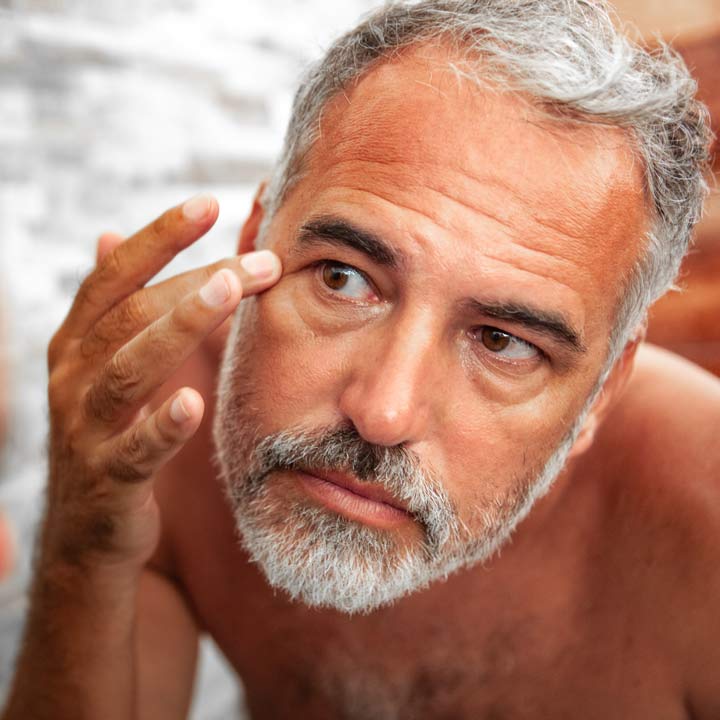
A lower blepharoplasty is under eye bag surgery. Learn more about how to get rid of bags under your eyes.

Drooping eyelids may cause a loss in your field of vision. Learn about the surgical remedy.

An eyebrow lift treats drooping eyebrows. Learn more about eyebrow lift surgery.
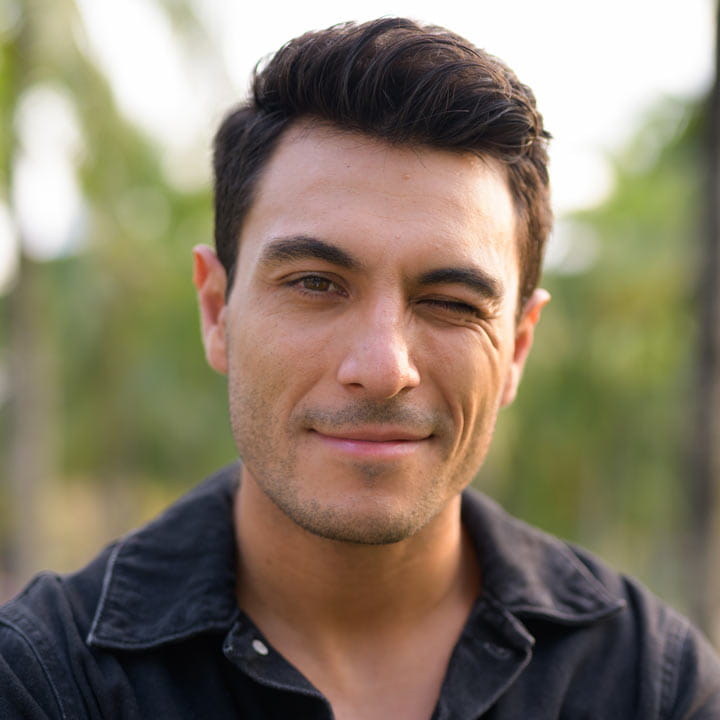
Facial spasms are caused by nerve damage. Botox® injections can treat facial spasms by helping the affected muscles relax. Learn about Botox® for facial spasms.
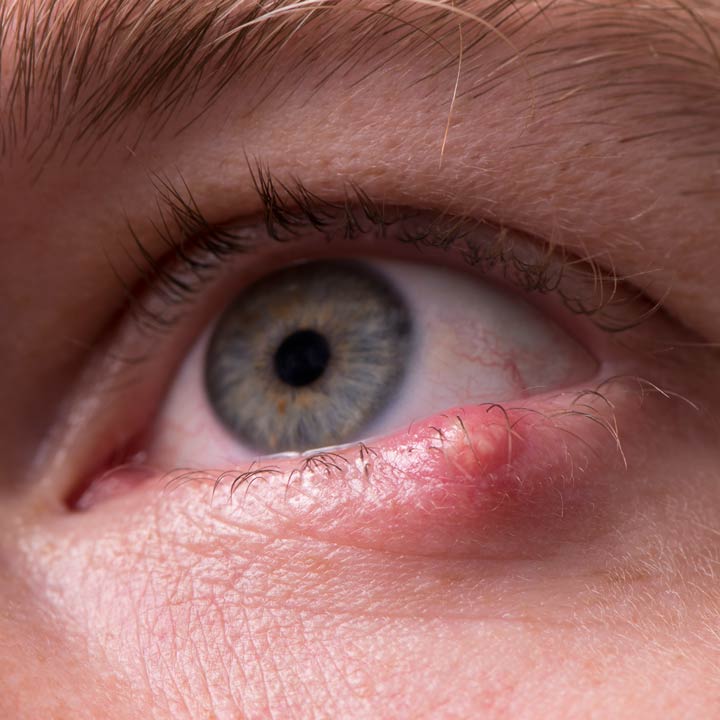
Styes, also known as chalazia, are bumps in or along the eyelid. Learn more about what causes bumps on the eyelid and how to treat a stye.
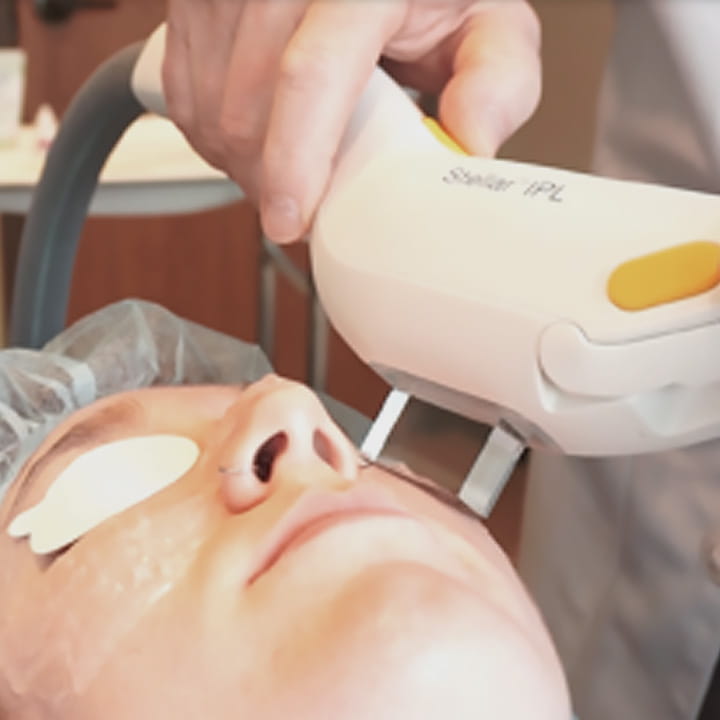
Intense Pulsed Light Therapy can reverse the effects of aging and sun damage.

Thyroid eye disease, also called Graves’ ophthalmology, is an autoimmune disease that can cause the tissues and muscles in the eye to become swollen.
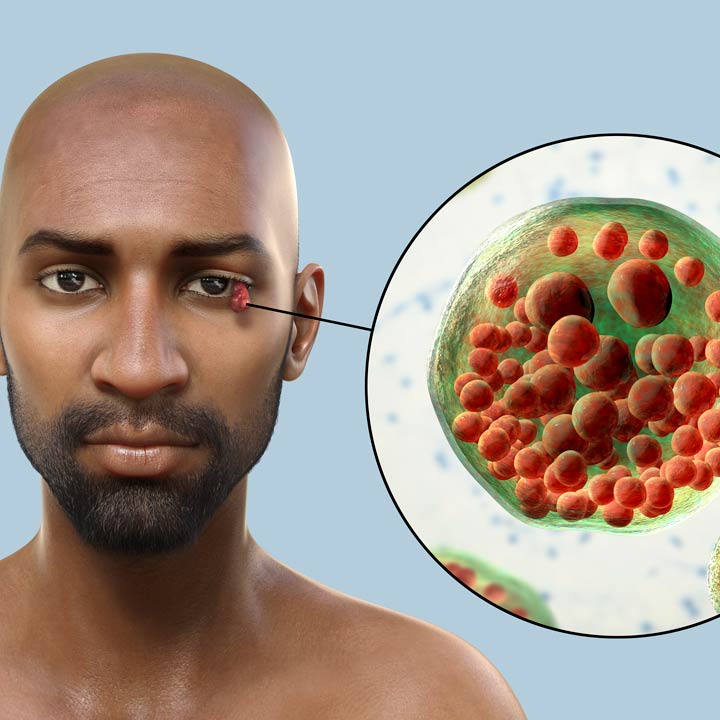
Our oculoplastic surgeons are trained to treat common eye socket issues that can also include inflammation, abscesses, tumors and deformities in addition to symptoms from thyroid conditions.
Surgical services include cosmetic upper lid blepharoplasty (surgery to improve droopiness of upper eyelid skin, which doesn't meet insurance criteria), cosmetic lower lid blepharoplasty (surgery to improve under eyelid bags) and cosmetic brow lift surgery. Nonsurgical services provided include cosmetic Botox and filler, as well as laser and nonlaser skin resurfacing to help improve dark spots, blood vessels, acne, fine lines and skin texture.
Oculoplastic surgeons at The Ohio State University Wexner Medical Center Department of Ophthalmology & Visual Science are board certified ophthalmologists who have received specialized training in surgery of the eyelids, orbit and tear drainage ducts.
There are many specialists outside of ophthalmology who can perform a limited number of procedures around the eyes, but oculoplastic surgeons treat the full range of conditions that affect these areas and devote their entire careers to doing so. If there’s a way to fix your eyelid, orbit or tear drainage problem, an Ohio State Wexner Medical Center oculoplastic surgeon has been trained to do it.
The Ohio State University Wexner Medical Center is a Level I Trauma Center. Patients arriving with trauma involving the eyes have access to the highest possible level of trauma care.